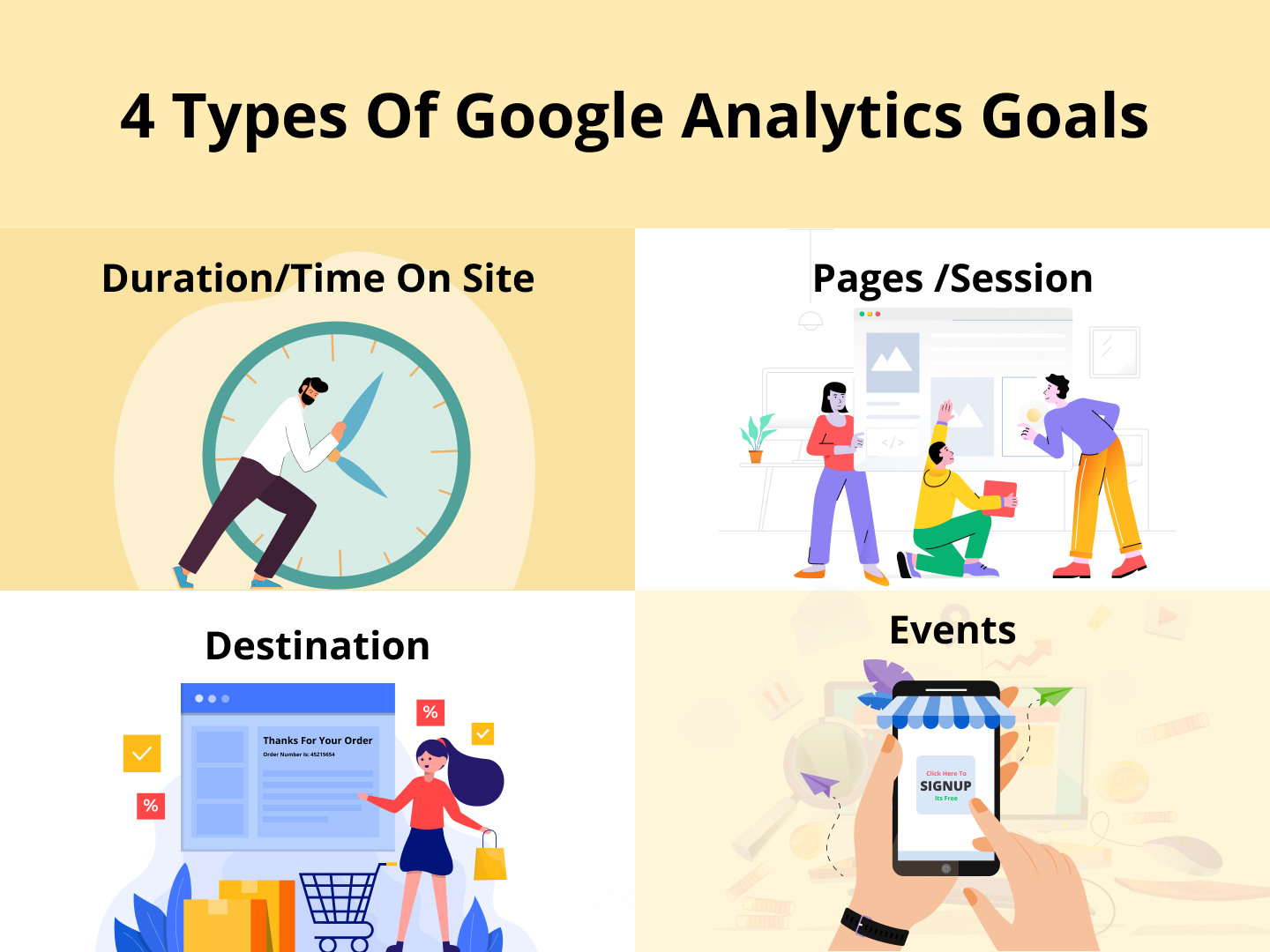Discover What Data Is Google Analytics Goals Unable to Track
Discover What Data Is Google Analytics Goals Unable to Track
Blog Article
Revealing the Blind Attractions: Recognizing What Google Analytics Goals Can not Measure
In the realm of digital analytics, Google Analytics stands as a powerful tool for tracking and analyzing online individual communications. Nevertheless, amidst its robust abilities, there exist unseen areas that commonly escape measurement. Recognizing what Google Analytics objectives can not determine is crucial for obtaining a detailed view of individual habits and involvement. As we look into the intricacies of these unseen areas, we reveal a complex web of undiscovered regions that hold valuable understandings into user activities and motivations, challenging conventional knowledge and clarifying the restrictions of our data-driven understanding.
Customer Behavior on External Operatings Systems
Comprehending just how users interact on outside platforms is critical for optimizing on the internet techniques. Outside platforms, such as social networks networks, recommendation web sites, and on-line discussion forums, play a significant function in driving web traffic to a company's web site. By analyzing user actions on these platforms, services can obtain important insights right into the performance of their advertising efforts and the choices of their target market.
One trick facet of user habits on outside systems is the reference resource. By tracking where the customers are originating from, businesses can determine which systems are driving the most traffic to their site. This information can aid companies allocate their sources a lot more efficiently, concentrating on the platforms that yield the very best results.

Offline Conversions and Communications
Examining user habits on external platforms gives valuable understandings into online strategies; nevertheless, thinking about offline conversions and communications is similarly critical for a comprehensive understanding of a firm's general performance. Offline conversions, such as in-store acquisitions or phone queries, play a significant duty in many organizations' success.

Attribution Beyond Last Click
When diving into the realm of digital advertising analytics, it becomes crucial to look past the solitary touchpoint of the last click for a much more detailed understanding of attribution. While Google Analytics gives important insights right into customer habits, depending only on last-click acknowledgment can be restricting - what data is google analytics goals unable to track. Acknowledgment designs that go beyond the last click supply a more nuanced sight of the customer trip, thinking about all the touchpoints that bring about a conversion
Attribution beyond the last click enables marketing professionals to assign credit score to different communications along the conversion course, providing a more clear image of the effectiveness of different marketing channels. By exploring multi-touch attribution designs such as linear, time decay, or position-based acknowledgment, companies can better designate their advertising budget plans and maximize their approaches for optimal influence.
Recognizing the impact of each touchpoint in the conversion process is critical for making notified decisions and making best use of ROI. By embracing acknowledgment beyond the last click, companies can gain much deeper insights into consumer habits and tailor their advertising and marketing efforts a lot more effectively.
Cross-Device and Cross-Browser Tracking

Similarly, cross-browser tracking matches cross-device monitoring by capturing individual behavior more tips here as they change between different web browsers. Recognizing how users communicate with websites on various browsers can aid marketing professionals optimize their online experiences to make sure uniformity and performance throughout various platforms.
Qualitative Data and User Intent
Recognizing individual intent via qualitative data evaluation is vital for establishing targeted electronic marketing techniques that resonate with the demands and preferences of the target audience. Qualitative information provides insights into the 'why' behind user activities, clarifying motivations, emotions, and choices that measurable data alone can not catch. By evaluating individual comments, comments, and site web interactions, marketers can uncover useful information concerning user intent, permitting them to tailor their messaging, material, and offerings to better straighten with what their audience is seeking.
Qualitative information likewise assists in recognizing the context in which individuals engage with an internet site or application. This contextual understanding allows marketing experts to produce more personalized and pertinent experiences, ultimately driving higher interaction and conversion prices. By diving right into user intent with qualitative information evaluation, businesses can gain a much deeper understanding of their target market, resulting in a lot more effective advertising strategies that fulfill users' expectations and requirements.
Verdict
To conclude, Google Analytics goals have limitations in gauging individual behavior on outside platforms, offline conversions, attribution beyond last click, cross-device and cross-browser tracking, and qualitative information connected to customer intent. what data is google analytics goals unable to track. It is necessary for businesses to be aware of these unseen areas in order to supplement their information analysis with other tools and approaches to gain a more extensive understanding of their audience and enhance their total digital advertising methods
By assessing individual habits on these platforms, services can get beneficial understandings right into the efficiency of their advertising and marketing initiatives and the preferences of their target audience.
Evaluating individual habits on description external systems provides important understandings into on the internet strategies; however, considering offline conversions and communications is similarly vital for a detailed understanding of a business's general efficiency.In digital advertising analytics, relocating past last-click acknowledgment to explore cross-device and cross-browser tracking is vital for obtaining a holistic understanding of customer interactions throughout different systems and tools. By assessing customer comments, remarks, and interactions, marketing experts can reveal useful information about customer intent, permitting them to customize their messaging, material, and offerings to better straighten with what their audience is seeking.
By delving right into user intent with qualitative data evaluation, businesses can get a much deeper understanding of their target audience, leading to a lot more reliable advertising approaches that satisfy customers' demands and assumptions.
Report this page